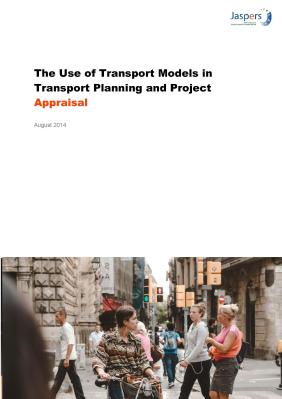
Description
This document has been prepared by JASPERS to provide guidance on the development of Transport Models for use in the development and appraisal of transport projects where a suitable national guidance document does not exist.

This document has been prepared by JASPERS to provide guidance on the development of Transport Models for use in the development and appraisal of transport projects where a suitable national guidance document does not exist.
This JASPERS’ practical guidance document on climate change resilience proofing is meant to provide further technical support and concrete advice for the implementation of the European Commission Notice — Technical guidance on the climate proofing of infrastructure in the period 2021-2027, with a specific focus on the sectors of Energy, Municipal Solid Waste Management, and Transport. The document serves as a comprehensive resource for stakeholders involved in the development of infrastructure projects that are to be co-financed by the Cohesion Fund and the European Regional Development Fund (ERDF) in the EU Member States and therefore need to be climate proofed according to the requirements of Article 73(2)(j) of the EU Common Provisions Regulation. Climate proofing has two pillars of analysis that integrate (1) climate mitigation and (2) climate resilience/adaptation considerations into the development of infrastructure projects. This document addresses the second pillar of climate resilience. Overall, the guidance also aims to serve as a general reference on good practices for climate change resilience proofing. The document will be revised as necessary to ensure it remains current and relevant.
Learn how to address social aspects in transportation planning for decarbonization with this case study and publication organised by JASPERS, the EIB's largest advisory programme.
European Commission publishes strategy for integrating Ukrainian and Moldovan rail systems, improving connections between Poland, Ukraine, Romania, and Moldova. The guide was developed by JASPERS, the EIB's largest advisory programme.